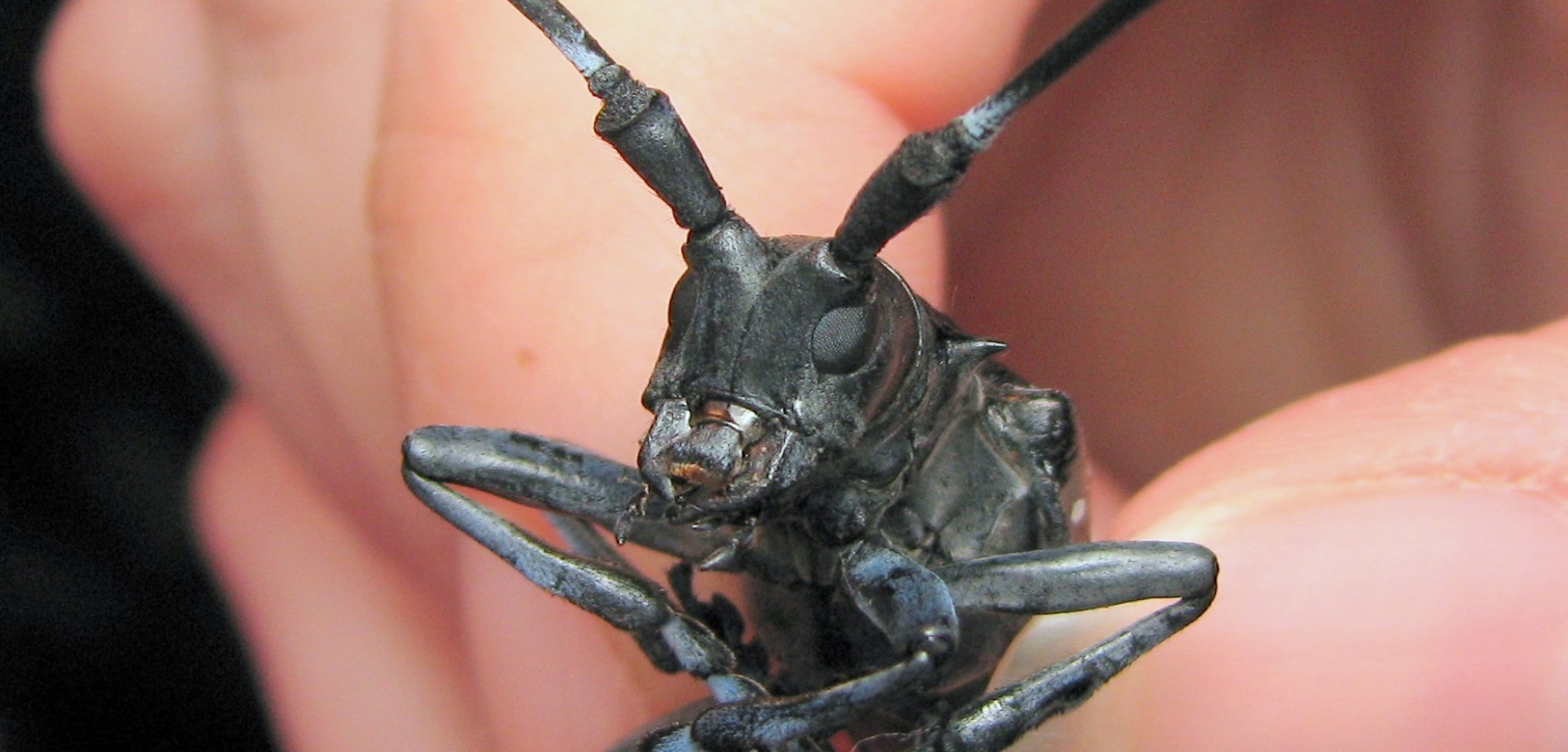Biological invasions as costly as natural disasters – new study
Over the past 40 years, financial losses caused by biological invasions have been equivalent to those caused by types of natural disasters, such as earthquakes and floods; however, according to new research, they are now increasing at a faster rate.

Image above of invasive species, the Asian Longhorned Beetle (Photo credit to Jenn Forman Orth, flickr)
The results of the study have been published in Perspectives in Ecology and Conservation.
Invasive species – organisms introduced by humans to new environments that harm the environment, economy, and society – are a growing problem worldwide.
By invading new environments, some alien species have caused disastrous consequences for local species and ecosystems, as well as for human activities – damage to infrastructure, crops, forest plantations, fishing yields, health and tourism. The areas affected are multiple and the damage is costly.
Invasive alien species have a long-lasting and cumulative effect: for example, the zebra mussel is capable of attaching itself to a wide variety of substrates, wreaking havoc on everything from ship hulls to nuclear power plant pipes. Its spread is particularly problematic in Europe and North America.
In this new study, an international research team led by scientists from Queen’s University Belfast, the French National Center for Scientific Research (CNRS) and the l'Université Paris-Saclay, reveals an explicit order of magnitude of biological invasion costs: the global economic impact of these biological invasions is equivalent to that of natural catastrophes.
Commenting on the results of the study, Dr Ross Cuthbert, Leverhulme Early Career Fellow from the School of Biological Sciences at Queen’s University Belfast, said: "Just as we should act to mitigate damages from natural hazards, decision makers should invest more efficiently to manage biological invasions. Governments should adopt a more proactive strategy to prevent costly invasive alien species from arriving and spreading, while eradicating those most damaging.
“These actions will help to prevent invasion costs from accelerating further in future and challenging sustainable development."
The research showed that from 1980 to 2019, financial losses due to invasive alien species amounted to $1208 billion (US), compared to nearly $1914 billion in losses caused by storms, $1139 billion attributed to earthquakes and $1120 billion due to floods.
The scientists also found that the costs of biological invasions increased more rapidly than those of natural disasters in recent decades. To date, investments in preventing and managing biological invasions are ten times lower than the financial losses caused by them. For this research team, these results call for the deployment of action plans and international agreements on limiting the advance of invasive alien species, similar to those implemented in the context of natural disasters.
These results were obtained using the InvaCost database, which currently lists over 13,500 costs due to biological invasions worldwide. The costs of natural disasters at the global level were compiled using the International Disaster Database and data from the US National Oceanic and Atmospheric Administration (NOAA).
The study was also supported by the AXA Research Fund and the Leverhulme Trust.
Media
Media inquiries to Sian Devlin at s.devlin@qub.ac.uk